Conservation and Research
Wetlands are natural or artificial water bodies, with permanent or temporary running or still water. Around the Taipei Basin, wetlands include ponds, streams, rice paddies, estuaries and mangroves. But wetlands are disappearing at a fast rate; the few remaining are threatened by pollution and development. The Council of Agriculture, Taipei Zoo and the Natural Ecological Education Foundation joined efforts and built a wetland ecological Park within the zoo, including an observation wall made of acrylic glass. The wetland park is the first attempt in Taipei Zoo to achieve a complete ecosystem. Water is fed into the wetland from a man-made stream; different sized ponds along the stream are used to modulate the speed and width of the stream. It is used both for education and for the preservation of threatened aquatic organisms. The Taipei Frog (Rana taipehensis), once a common species found throughout the lowland wetland, is now threatened by habitat loss and pollution from insecticides. Taipei Zoo has been conducting population monitoring in San-Chi and Yang-Mei, where a few frog populations remain. Since habitat restoration is an important part of the frog recovery program, Taipei Zoo has joined efforts with local primary schools and non-profit organizations to persuade local lotus farmers to switch to organic farming and refrain from using pesticides. The frogs and their habitats are thus protected. In San-Chi, the lotus ponds are also populated by water lilies. Water lilies are competitively superior; they overgrow everything else in the ponds and become the dominant species. In order to restore the biodiversity in the ponds, volunteers and zoo staff uprooted these beautiful plants, often under the fiery summer sun. Their efforts are rewarded by the record-breaking number of frogs sighted in subsequent surveys. Pangolin is the most peculiar mammal found in Taiwan (other than humans). Toothless, scaly and slow-moving, pangolins are specialized in feeding on ants and termites by using their long and sticky tongues to catch prey, and their strong and long-clawed forelimbs to dig out nests. Pangolin's survival is threatened by hunting and habitat destruction. But very little is known of their habits and physiology, which leads to problems in regard to their husbandry and care. Taipei Zoo is now cooperating with ecologists and mammalogists to conduct field studies on pangolins, in order to understand the habitat requirements, diets and behavior patterns. More researches are now underway on the evaluation of the administration of drugs and anesthetics, prognosis and diagnosis, physiology, and husbandry conditions. All of these are aimed at providing better care for the long-term survival of the pangolin. The small creek in front of the gate of Taipei Zoo is the Jingmei Stream. The scene of a creek as you step out of the front gate reminds locals of the lyrics of the song we all sang in our childhood. Educational facilities from elementary schools to three universities are built close to the creek, in addition to Taipei Zoo. Even though the general public has become familiar with words such as nature and conservation in recent years, most people do not see wildlife in their surroundings. As a result, conservation issues remain academic. As a 'stakeholder' of Jingmei Stream, we at Taipei Zoo feel that it is our responsibility to educate the public and play a key role in promoting community awareness of the conservation issues. Since 2003, we have been carrying out the wetland faunal survey with the Wen-Shan Community College. Through participation in surveys and other related activities, we hope to increase public awareness of stream conservation. More and more people are interested in raising wildlife as pets. More and more prosecutions involving wildlife smuggling or violating the Wildlife Conservation Act are filed. Although the government is determined to enforce the law, the problems of correct identification and providing proper care of confiscated animals have become serious concerns. Many confiscated animals are not suitable for release or for sending back to their port of origin. It would also be unthinkable to euthanize all the animals. The Zoo Rescue Center was founded to take care of wildlife. The Council of Agriculture helps to provide the necessary funds to start and maintain the shelter. In addition to the care of confiscated wildlife, the Rescue Center also takes in stray wildlife from all over the country. Over one hundred species and close to 900 individual creatures are currently kept in the rescue center. Amphibians and reptiles constitute the largest portion. The unique mission of the Rescue Center makes it unsuitable for exhibits. Guided tours will be provided to educational and non-profit organizations.Wetland Ecological Park
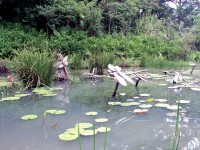
Taipei Frog
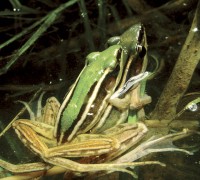
Pangolin
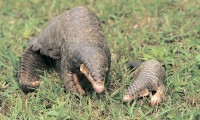
Jingmei Stream
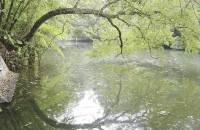
The Rescue Center
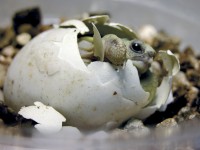
![Taiwan.gov.tw [ open a new window]](/images/egov.png)
